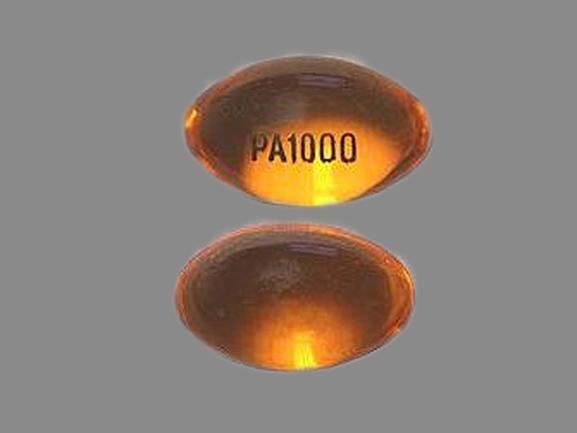Ethosuximide Disease Interactions
There are 5 disease interactions with ethosuximide.
Succinimides (applies to ethosuximide) blood dyscrasias
Major Potential Hazard, Low plausibility. Applicable conditions: Bone Marrow Depression/Low Blood Counts
Hematologic toxicities, some with fatal outcome, have been associated with the use of succinimide anticonvulsants. Leukopenia, agranulocytosis, aplastic anemia, thrombocytopenia, pancytopenia, and eosinophilia have been reported. Therapy with succinimide anticonvulsants should be administered cautiously in patients with preexisting blood dyscrasias and/or bone marrow suppression. Complete blood counts, including platelets, should be performed prior to initiating therapy and periodically during therapy. Marked depression of blood counts may be indication for withdrawal of succinimide therapy.
Succinimides (applies to ethosuximide) renal/liver disease
Major Potential Hazard, Moderate plausibility. Applicable conditions: Renal Dysfunction
Succinimide anticonvulsants have produced morphological and functional changes in the liver of animals. In humans, abnormalities in liver and renal function studies have been reported. Therapy with succinimide anticonvulsants should be administered with extreme caution in patients with known hepatic or renal diseases. Periodic urinalysis and liver function tests are recommended for all patients treated with these drugs.
Succinimides (applies to ethosuximide) SLE
Major Potential Hazard, Moderate plausibility. Applicable conditions: Lupus Erythematosus
Cases of systemic lupus erythematosus (SLE) have been reported in association with the use of succinimide anticonvulsants, primarily ethosuximide. Some of the patients recovered promptly following discontinuation of the drug, while others continued to have active disease long after. Therapy with succinimide anticonvulsants should be administered cautiously in patients with a history of SLE.
Antiepileptics (applies to ethosuximide) suicidal tendency
Moderate Potential Hazard, Moderate plausibility. Applicable conditions: Depression, Psychosis
Antiepileptic drugs (AEDs) have been associated with an increased risk of suicidal thoughts or behavior in patients taking these drugs for any indication. Pooled analyses of 199 placebo-controlled clinical studies involving the use of 11 different AEDs showed that patients receiving AEDs had approximately twice the risk of suicidal thinking or behavior compared to patients receiving placebo. AEDs should be administered cautiously in patients with depression or other psychiatric disorders; phentermine-topiramate should be avoided in patients with history of suicidal attempts or active suicidal ideation. The risk of suicidal thoughts and behavior should be carefully assessed against the risk of untreated illness, bearing in mind that epilepsy and many other conditions for which AEDs are prescribed are themselves associated with morbidity and mortality and an increased risk of suicidal thoughts and behavior. Patients, caregivers, and families should be alert to the emergence or worsening of signs and symptoms of depression, any unusual changes in mood or behavior, or the emergence of suicidal thoughts or behavior. If patients have symptoms of suicidal ideation or behavior, a dosage reduction or treatment discontinuation should be considered.
Ethosuximide (applies to ethosuximide) dialysis
Moderate Potential Hazard, High plausibility. Applicable conditions: hemodialysis
Ethosuximide has been shown to be removed by hemodialysis. Doses should either be scheduled for administration after dialysis or supplemental doses be given after dialysis.
Switch to professional interaction data
Ethosuximide drug interactions
There are 377 drug interactions with ethosuximide.
Ethosuximide alcohol/food interactions
There is 1 alcohol/food interaction with ethosuximide.
More about ethosuximide
- ethosuximide consumer information
- Check interactions
- Compare alternatives
- Pricing & coupons
- Reviews (12)
- Drug images
- Side effects
- Dosage information
- During pregnancy
- Drug class: succinimide anticonvulsants
- Breastfeeding
- En español
Related treatment guides
Drug Interaction Classification
| Highly clinically significant. Avoid combinations; the risk of the interaction outweighs the benefit. | |
| Moderately clinically significant. Usually avoid combinations; use it only under special circumstances. | |
| Minimally clinically significant. Minimize risk; assess risk and consider an alternative drug, take steps to circumvent the interaction risk and/or institute a monitoring plan. | |
| No interaction information available. |
Further information
Always consult your healthcare provider to ensure the information displayed on this page applies to your personal circumstances.


